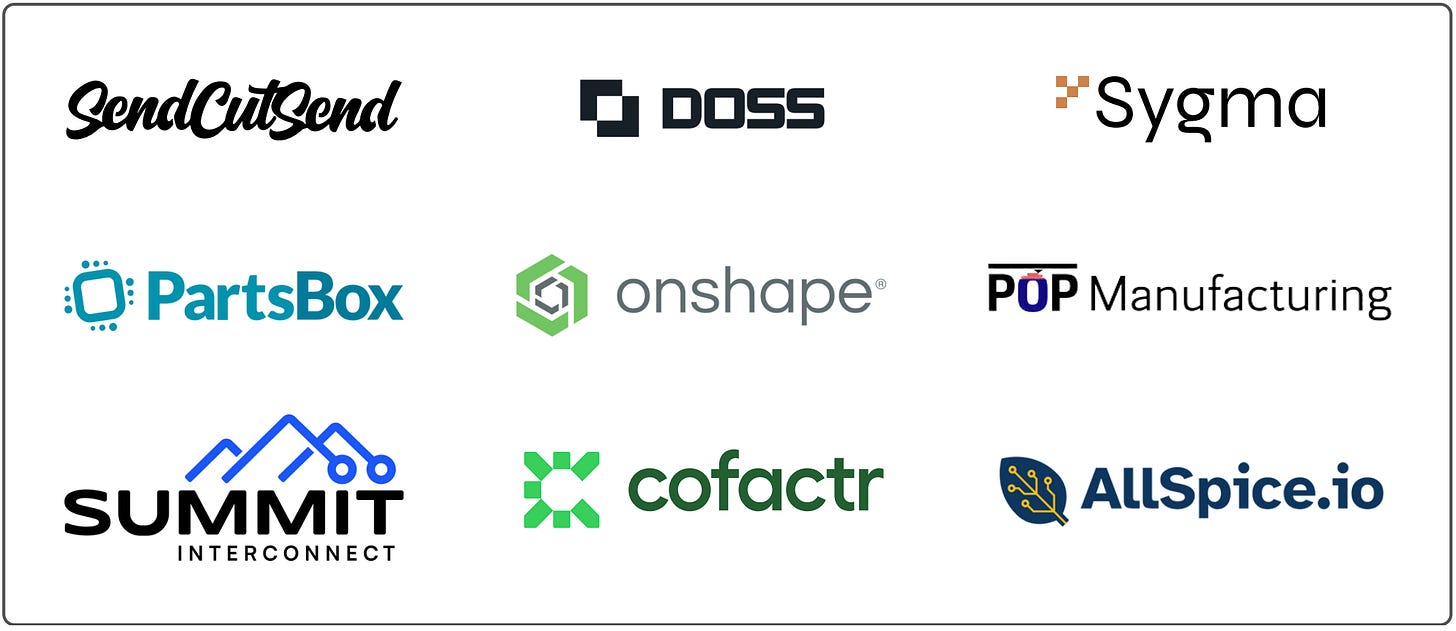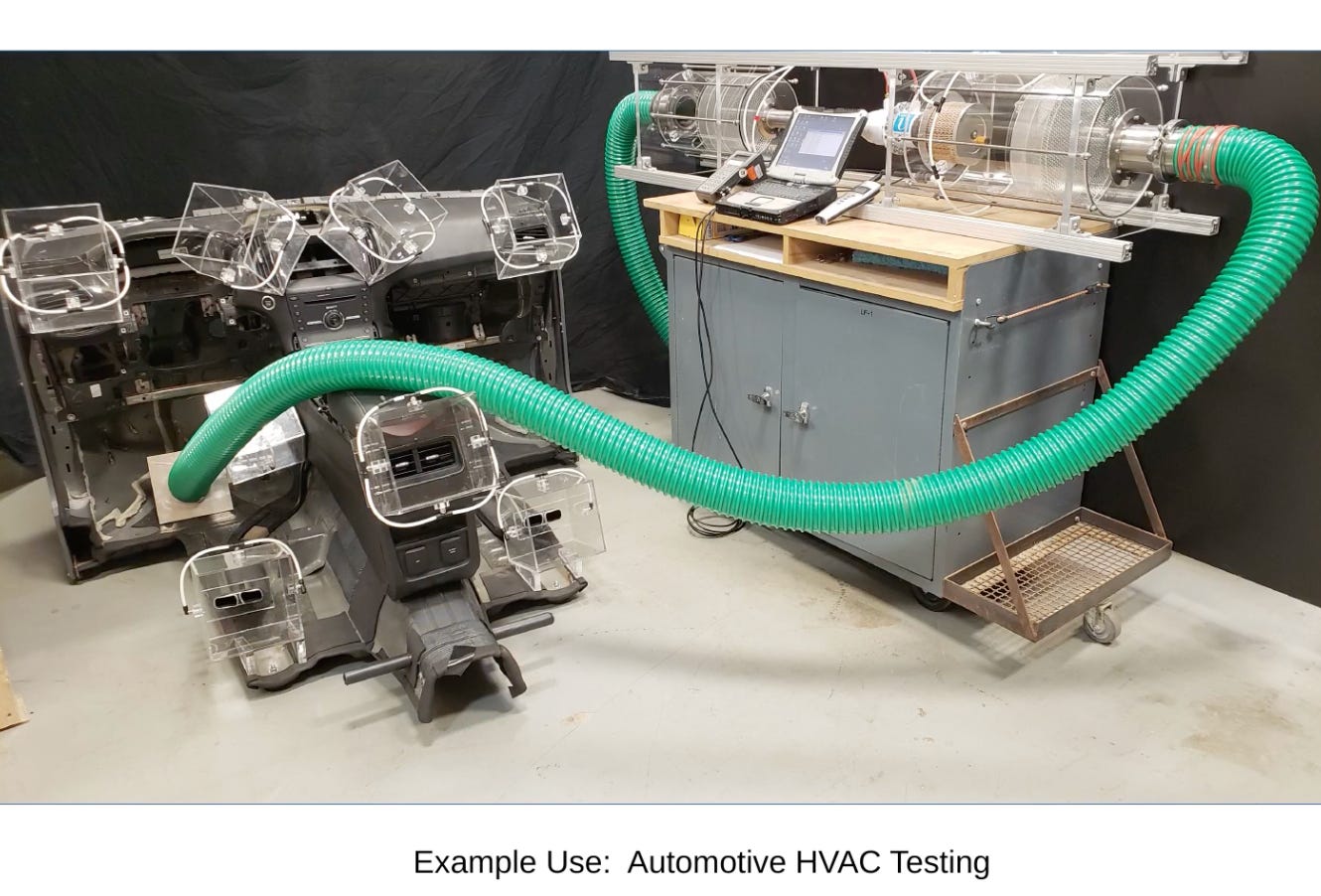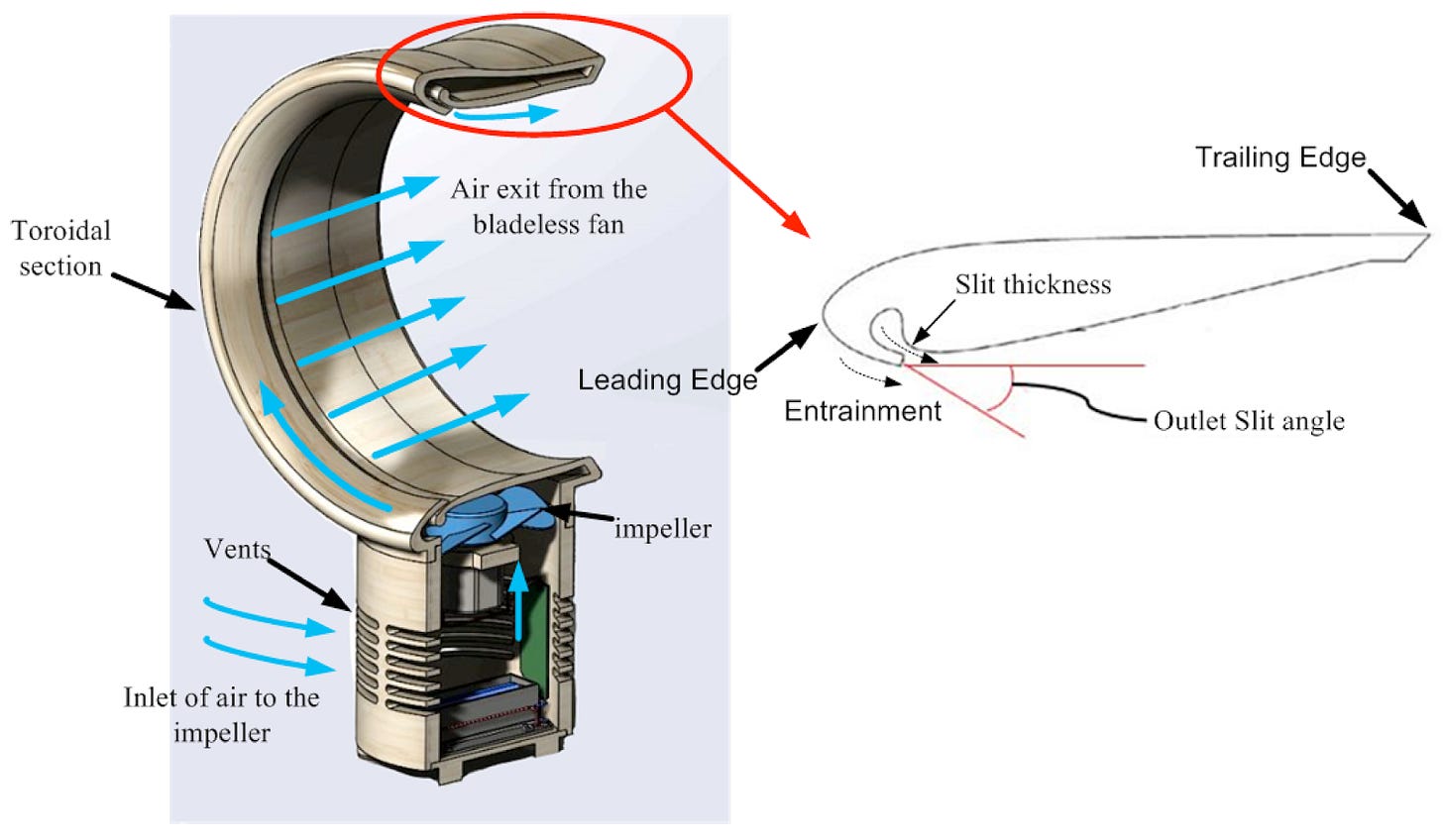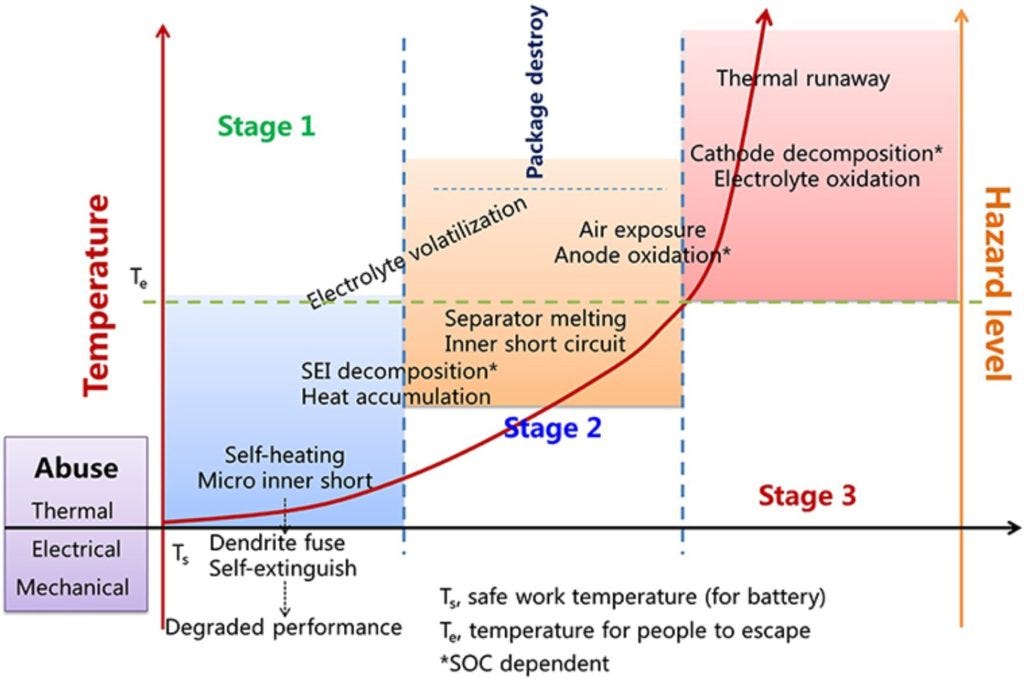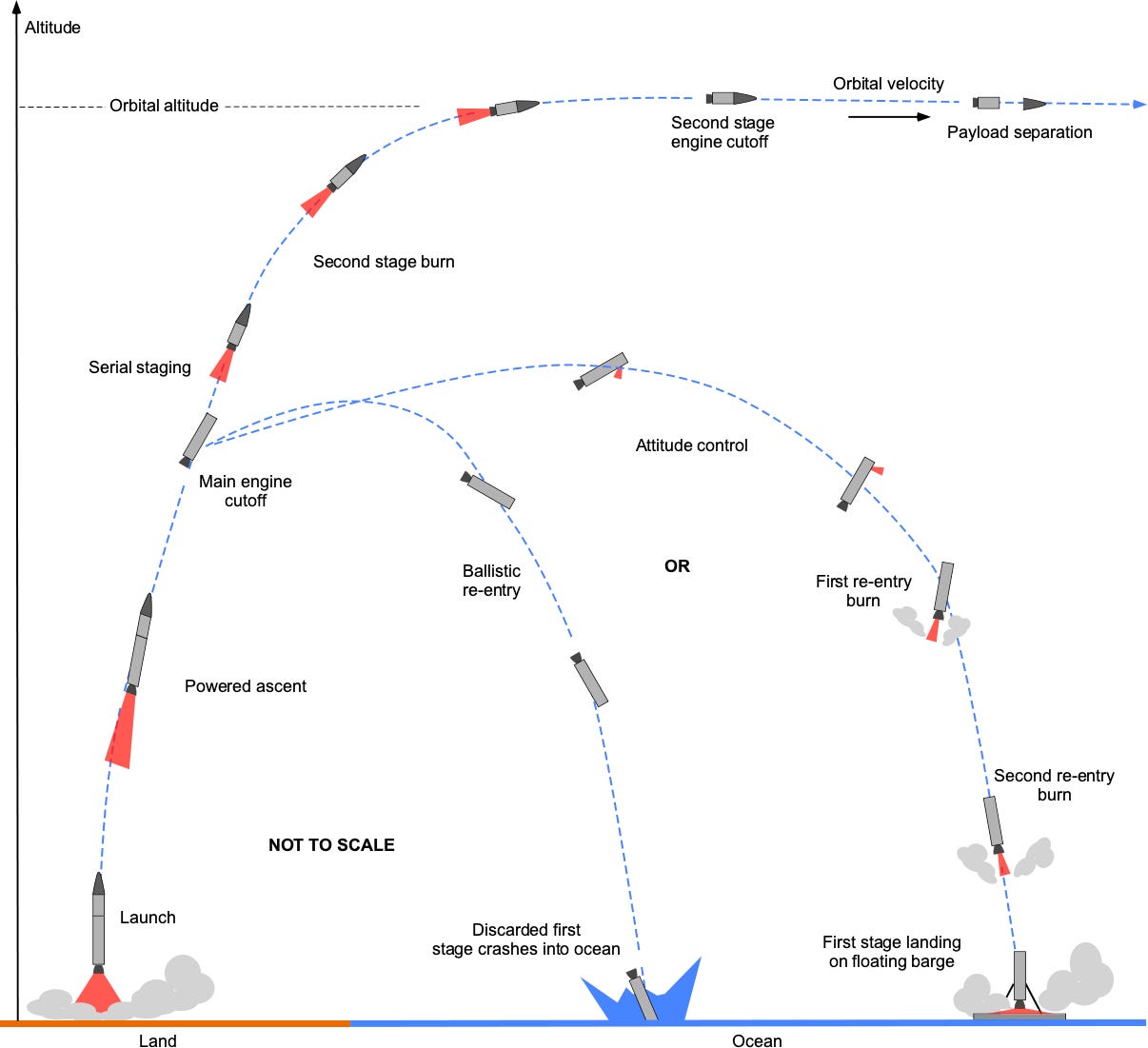Kick off the year entering our design challenge with Makelab: design a 3D printable household hack for a chance to win $500 in print credits! Submissions due by 2/02.
Join our live workshop on 2/05 with Hardware Velocity to learn how ex-Google, Apple, and Razer execs define product requirements, build prototypes, and scale hardware to production—register here.
Onshape is offering hardware startups and entrepreneurs free access to Onshape Professional—complete with CAD, rendering, simulation, PDM, and more. Apply for the program to get started today.
Interesting Links 🏭
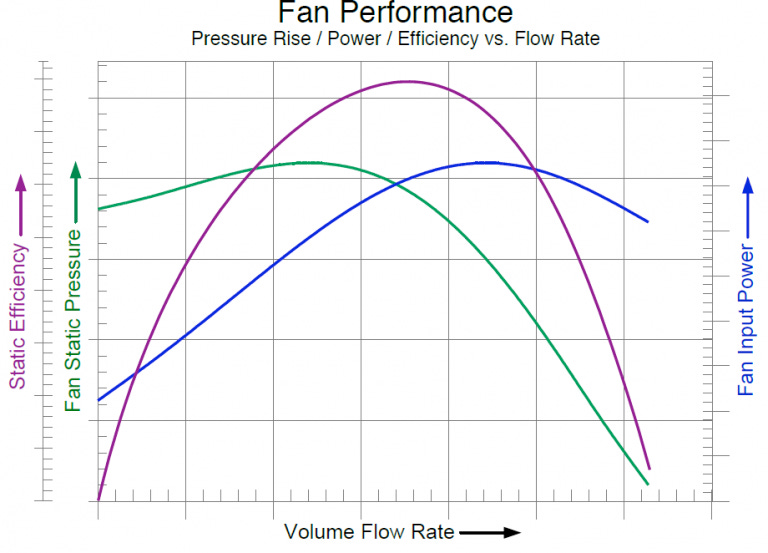
Look around you, and there’s likely a fan humming away at work—cooling your laptop and keeping you warm via forced convection through air ducts, among other common commercial and consumer applications. Fan manufacturers publish performance curves for almost every fan on the market that characterize key metrics like volume flow rate (the fan's capacity to circulate air within a space), static pressure (fan’s pressure resistance, higher values denote fan needs to work harder to maintain desired flow rate), and input power. This article covers the basics of how performance curves are generated in flow tunnels using standard test methods to custom setups like automotive HVAC testing.
On the topic of fans, bladeless fans are a fascinating application of the Coanda Effect— the same principle used to generate lift on aircraft—where a fan with “no blades” can multiply mass flow rate by up to 15x! Bladeless fans like the ones popularized by Dyson use an impeller to draw air into the base and accelerate it through a narrow slit around a hoop-shaped airfoil. As the high-speed air follows the curvature of the hoop surface (i.e. Coanda Effect), this creates a low-pressure zone that draws in additional air that combined with entrainment, amplifies the total air volume. From the Bladeless Fan Club: the best 10-minute explanation of bladeless fans, covering their mechanics and how Bernoulli’s Principle and the Coanda Effect actually work in real life.
A quick reference on lithium-ion battery safety and testing standards. Lithium-ion batteries are generally safe when properly integrated and monitored within a product. However, thermal runaway events can lead to catastrophic outcomes. Thermal runaway happens in three separate phases: overheating (reversible damage), electrolyte decomposition (irreversible damage), and finally uncontrolled thermal runaway (high risk of oxidation and fire). For individual cells, a simple nail puncture test that simulates an internal short can verify that thermal runaway remains contained, but larger systems like EV battery packs with numerous cells require thorough testing under varying conditions to prove safety.
Both the New Glenn from Blue Origin and the Starship-7 rocket launches were partially successful last week. New Glenn achieved its desired payload orbit, but was unable to recover the first stage via landing. Starship completed a second, even more graceful chopsticks catch of the Super Heavy Booster, but the second stage developed a small fire in the aft section and disintegrated in a spectacular explosion. Full timeline of the Starship-7 flight test linked here.
General thoughts: Both of these launches have big implications for space in 2025. New Glenn will be carrying the Amazon Kuiper project to orbit and deploying new space vehicles for government and commercial use. For Starship, it’s the first time reusing the Raptor engines in between flights.
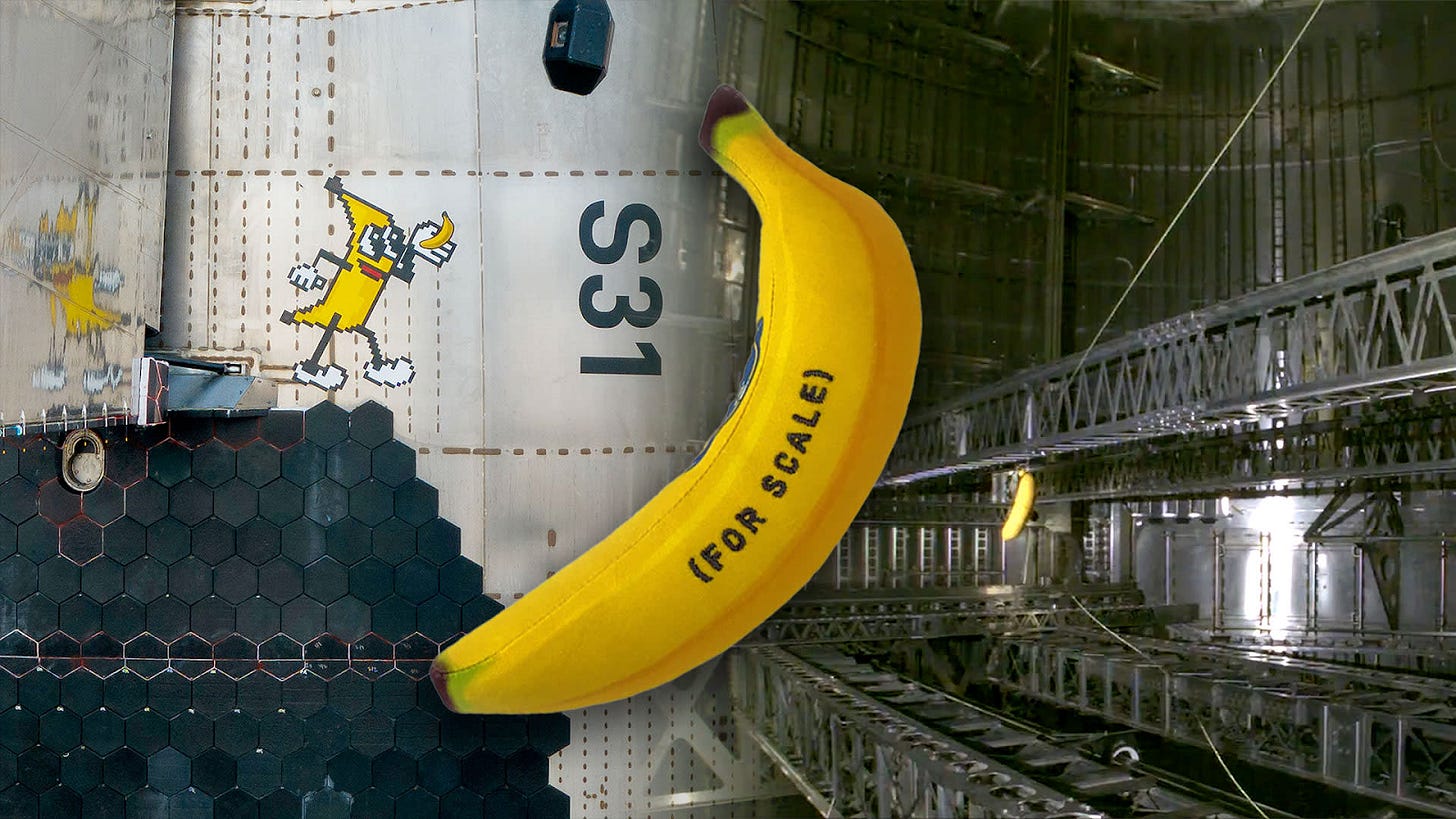
“Inverse multi-port radio design” just might become a buzzword of the next decade. Advancements in AI have allowed researchers to design numerous multi-port passive elements with previously unachievable performance compared to human designs. From the paper directly: The passive structures include one-port structures such as antennas; two-port structures such as matching networks, filters; three-port structures such as diplexers, combiners, splitters, switches; four-port structures such as couplers for quadrature signal generation, baluns for differential signal generations; and higher order networks such as beamforming structures with lens-like properties
Some fun links:
SpaceX sells an 8” banana plushie—roughly 1/247th the height of Starship (1,982”).
A test flight of an RC-flying saucer that uses the Coanda effect to generate lift.
Sponsored: An e-book of 100 resources for hardware and electrical engineers from AllSpice.
Refer a Friend, Earn Rewards 🎁
Our referral program just launched, and it’s super easy to join! Refer just one friend to Hardware FYI, and we’ll send you our complete database of resources—every design guide, article, white paper, and more.
Startup News 🚀
Harbinger raised a $100M Series B to scale production of its modular all-electric chassis for medium-duty trucks like walk-in vans, RVs, and box trucks. Their focus is narrow—one product, one market—which is in part why they raised notable capital in 2025 years after EV startups continue to fall apart. The round was led by Capricorn Investment Group and Leitmotif.
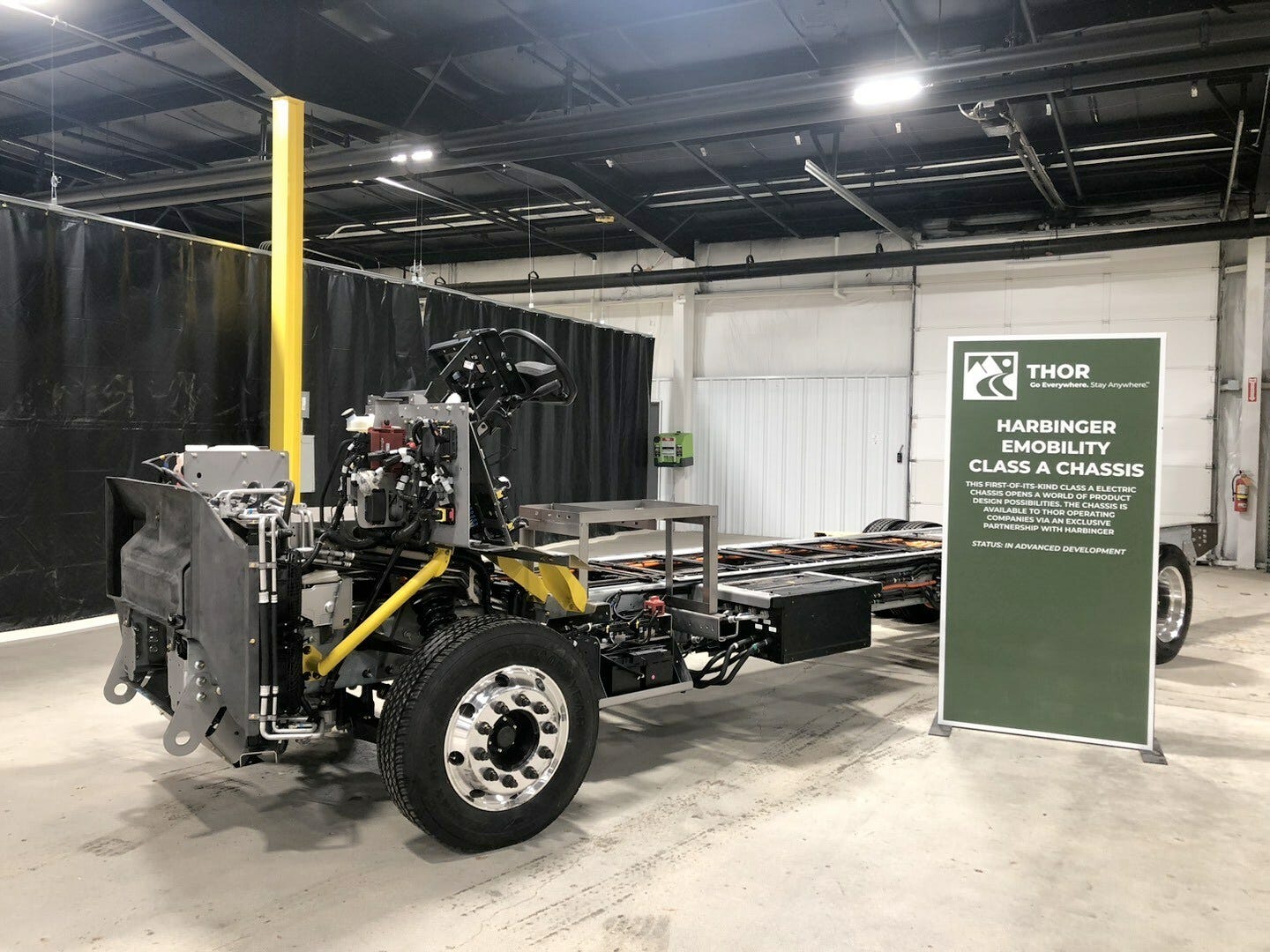
The latest in space, a triplet of Series C rounds:
Stoke Space has raised a $260M Series C round, bringing its total capital raised to $480M to continue development of their 100% reusable rocket. For context: rocket reusability has mostly focused on first stages, as SpaceX first proved with the Falcon 9. Stoke Space is also tackling the problem of reusing the second stage, by using an actively cooled metallic heat shield designed to survive the extreme heat of reentry.
Loft Orbital has raised a $170M Series C round to expand manufacturing facilities for their satellite-as-a-service platform. The company simplifies satellite deployment by integrating customer payloads with vendor-sourced satellite buses, the main body and structural component of a satellite (power, propulsion, comms, etc.). This approach reduces operational complexity and cost compared to bespoke solutions. We actually have satellites on a shelf which are all basically identical from a hardware perspective, and we just configure those satellites to apply a customer payload. The round was led by Tikehau Capital and Axial Partners.
Phase Four announced the first close of their Series C round, raising 60% of the target raise to continue development of their electric propulsion system for satellites. The total amount was not disclosed and the round by Artemis Group Capital.
Biosphere emerged from stealth and announced $8.8M in seed funding to develop UV-sterilized bioreactors—tools for growing cells or microbes used in drugs, synthetic biology, and fermentation. The round was led by Lowercarbon Capital and VXI Capital.
Open Jobs 💼
Sponsored:
Micro-Tronics is looking for a Senior Aerospace Outside Sales Representative in Tempe, AZ
New Grad:
Queens Carbon is looking for a Mechanical Engineer I in Pine Brook, NJ
Nvidia is looking for a Research Scientist, Robotics (New College Grad) in Seattle, WA
Mid-Level:
Engine Ventures is looking for an Associate in Cambridge, MA
Ample is looking for an Electrical Engineer (Robotics) in San Francisco, CA
Markforged is looking for a Mechanical Engineer II in Waltham, MA
Senior to Staff:
Yard Stick is looking for a Senior Mechanical Engineer and Embedded Software Engineer in Oakland, CA
Mosaic Manufacturing is looking for a Senior Hardware Reliability Engineer in Toronto, CA
Internships:
Lam Research is looking for a Virtual Reality Training Intern (Summer 2025) in Fremont, CA
Lumafield is looking for an Electrical Engineering Intern in Boston, MA
Nvidia is looking for a Mixed Signal/Circuit Design Intern in Santa Clara, CA
Merlin is looking for a Mechanical Engineering Intern in Boston, MA
Want to share an exciting role at your company? Reach out here.
Meet our Sponsors:
Onshape is a cloud-native CAD platform that enables real-time collaboration, built-in version control, and design management for engineering teams.
Sygma is building the AI assistant for hardware teams - track issues smarter, stay on schedule and on budget, and ship faster.
Doss simplifies your operations by tracking inventory from PO to POS.
SendCutSend manufactures custom sheet metal parts, delivered directly to your door.
POP Manufacturing offers rapid prototyping and quick-turn services for FDM, PolyJet, full-color 3D printing, and CNC machining.
Summit Interconnect is a manufacturer of advanced technology printed circuit boards focused on complex rigid, flex and rigid-flex PCBs.
Cofactr is an automated electronic component procurement and inventory management platform.
AllSpice.io is the Git for hardware collaboration platform, connecting native engineering design tools to provide revision control, automation and more.
Partsbox controls your electronic components inventory management software. Keeps track of where your parts are stored, manages BOMs and production.
Looking to get ahead in your career? We offer interviewing resources for engineers!
For all resources available, check out our home page.
Thanks for reading to the end - if you’ve enjoyed the mechanics of these insights, consider sharing this email with a fellow enthusiast!




